Neo Bengal Folk Art Male Portraits Exploration
I am delighted to have the opportunity to showcase my Neo Bengal Folk Art Portraits with you. My artistic journey began with the desire to explore Bengal Folk Art Faces in a contemporary style. I started with rough pencil sketches in my sketchbook, and after seeing their potential, I experimented with ink brush strokes. Eventually, I digitized the illustrations using Adobe Illustrator and shared them on my social media platform, Instagram. The positive response from my audience has been truly inspiring and encouraged me to create a series of evolved illustrations.
Introducing Neo Bengal Folk Art - a modern take on Bengal Pattachitra, inspired by Jamini Roy's work. My Illustrations feature thick and thin outlines, vivid colors, and intricate motifs. I aim to bridge the gap between the old and new, honouring our cultural heritage and pushing the boundaries of creativity.
Indian Folk Art 365:
Be part of Indian Folk Art 365 and help rediscover traditional art styles! We're creating awareness and preserving these precious art forms for years to come. Our programmes equip younger generations and art enthusiasts with ancient folk art forms, allowing them to make a difference and contribute to the renaissance of Indian Folk Visual Arts!
Be part of Indian Folk Art 365 and help rediscover traditional art styles! We're creating awareness and preserving these precious art forms for years to come. Our programmes equip younger generations and art enthusiasts with ancient folk art forms, allowing them to make a difference and contribute to the renaissance of Indian Folk Visual Arts!

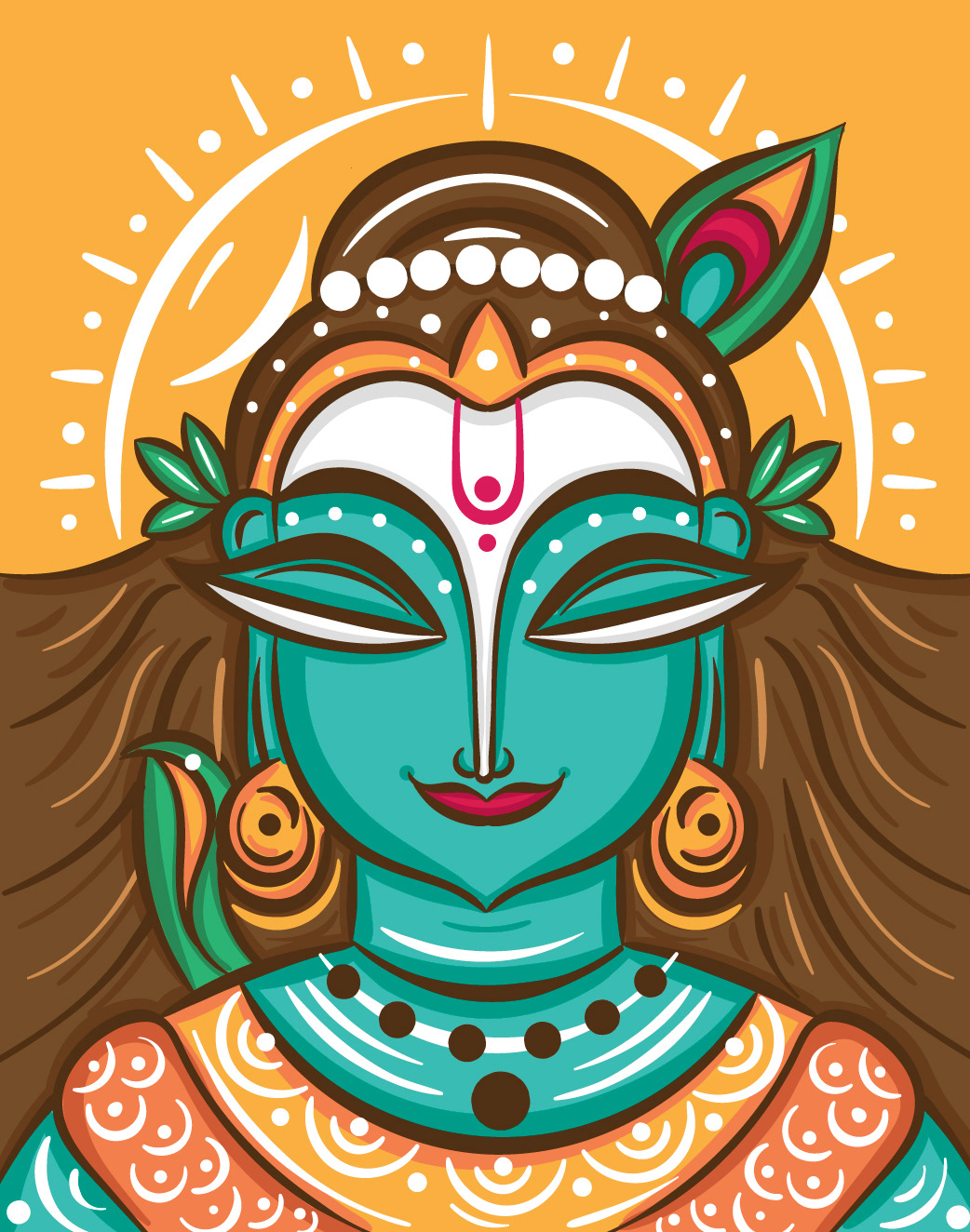
📖 According to Hindu legend,
sage Bhrigu sought to determine which primary deity - Brahma, Vishnu, or Shiva - was most powerful. Bhrigu first went to Brahma, who was too focused on creation to pay attention. Next, Bhrigu approached Lord Shiva, who was deeply meditating and didn't notice him. Finally, Bhrigu went to Lord Vishnu, who was asleep. The sage kicked Vishnu to wake him up, and Vishnu apologised for not noticing him sooner. ❤️ However, Vishnu's wife, Lakshmi, was angered by the sage's disrespect and left him. To win back Lakshmi's affection, Vishnu took on the form of Lord Shiva and performed penance. The result was the creation of Hari Hara, a deity that embodied both the power and detachment of Vishnu and Shiva. 🌗 This is a story about How Hari became Hara, not how Hara became Hari. That is why he is called "Hari Hara" and not "Hara Hari.” He is mostly worshipped for peace and prosperity.
sage Bhrigu sought to determine which primary deity - Brahma, Vishnu, or Shiva - was most powerful. Bhrigu first went to Brahma, who was too focused on creation to pay attention. Next, Bhrigu approached Lord Shiva, who was deeply meditating and didn't notice him. Finally, Bhrigu went to Lord Vishnu, who was asleep. The sage kicked Vishnu to wake him up, and Vishnu apologised for not noticing him sooner. ❤️ However, Vishnu's wife, Lakshmi, was angered by the sage's disrespect and left him. To win back Lakshmi's affection, Vishnu took on the form of Lord Shiva and performed penance. The result was the creation of Hari Hara, a deity that embodied both the power and detachment of Vishnu and Shiva. 🌗 This is a story about How Hari became Hara, not how Hara became Hari. That is why he is called "Hari Hara" and not "Hara Hari.” He is mostly worshipped for peace and prosperity.


📖 According to Silappathikaram (A Tamil epic), Sadhuka Bootham is a mystical ogre deity in the city of Poompuhar who protects women and punishes wrongdoers. This powerful warrior deity punished those who spread rumors about women. Sadhukkam is the area where four streets intersect in the city, and the deity got its name from protecting the city of Poompuhar from this area. Sadhuka Bootham also showed mercy towards women and punished those who spoke ill of them. 👁️ Be a Sadhuka Bootham, I believe that every man should be a Sadhuka Bootham in a woman's life, serving as a protector to his sister, wife, daughter, friend, and so on. It is a metaphor for the important role that men can play in supporting and safeguarding the women in their lives.


Sambandar was a Shaiva poet-saint from Tamil Nadu who lived in the 7th c. BCE. Despite only living for 16 years, he was considered a child prodigy and is regarded as one of the foremost saints and founder of Tamil Shaivism. According to Tamil folklore, when Sambandar was just 8 years old, he received the milk of wisdom from the goddess Parvathi herself. After seeing his devotion, she appeared before him and offered him a bowl of milk. Upon drinking the milk, Sambandar was instantly blessed with divine knowledge and wisdom. He went on to compose numerous hymns and poems in praise of Lord Shiva and the divine, including the legendary Tamil Thevaram. Sambandar is also credited with performing several miracles, which helped to establish the Shaivite tradition in Tamil Nad


⭐️ Thotsakan, also known as Ravana (in Thai Mythlore), is a character from Hindu mythology and the primary antagonist in the Indian epic, the Ramayana. This name is commonly used in Thailand, Cambodia, and some other Southeast Asian countries, where the Ramayana has had a significant influence on their cultures and traditions. ☀️ In Pali, the word "thot" means thought or idea, while "sakan" means prosperous or wealthy. Therefore, Thotsakan is sometimes interpreted as the one who has rich and powerful thoughts or ideas. He is often portrayed as a yaksha with a fearsome appearance, including sharp fangs and a muscular build. Some depictions also show him with wings, indicating his ability to fly.
🖼️ The illustration, is a visual blend of Thai Folk Art, Pha Lai Thai, and Indian Folk Art, Bengal Pattachitra. Thotsakan is typically shown wearing green garments or having green skin. However, the specific details of Thotsakan's appearance can vary depending on the region, time period, and cultural context in which he is depicted.
🖼️ The illustration, is a visual blend of Thai Folk Art, Pha Lai Thai, and Indian Folk Art, Bengal Pattachitra. Thotsakan is typically shown wearing green garments or having green skin. However, the specific details of Thotsakan's appearance can vary depending on the region, time period, and cultural context in which he is depicted.
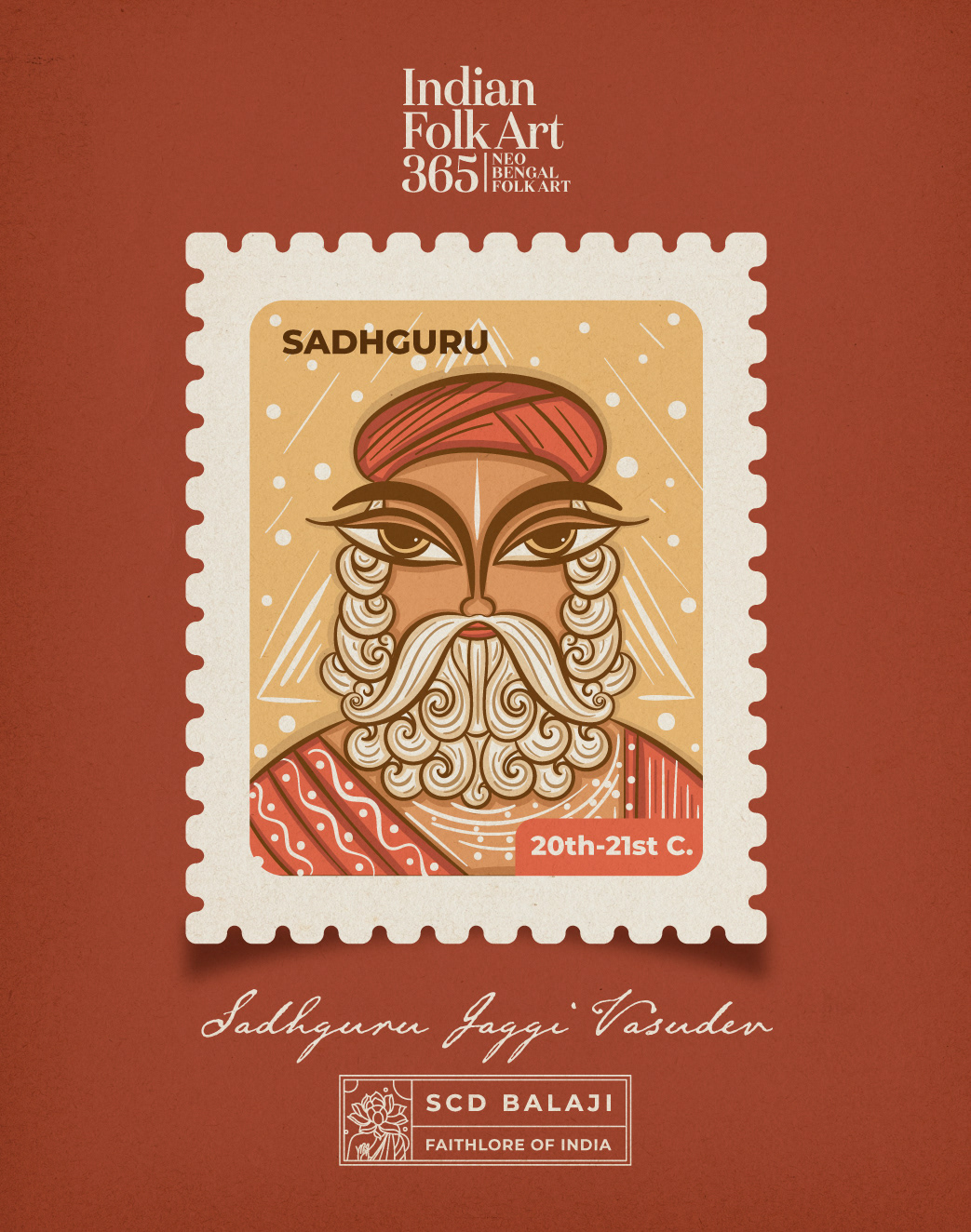
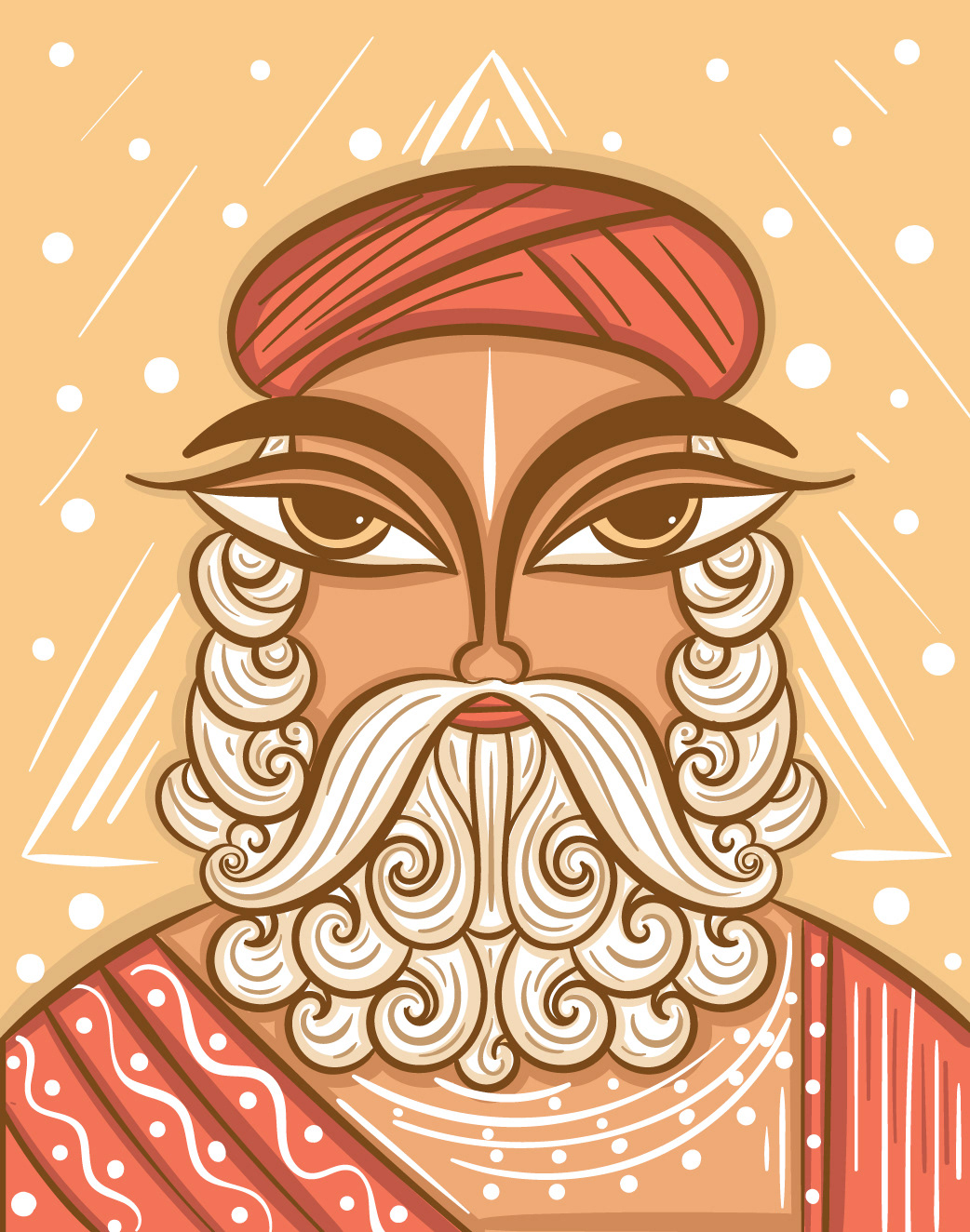
Sadhguru Jaggi Vasudev is a spiritual teacher who founded the Isha Foundation, a non-profit that promotes human well-being through yoga, education, and environmental conservation. He has authored the best-selling book "Inner Engineering: A Yogi's Guide to Joy" and has received numerous awards, including the Padma Vibhushan. He presents ancient yoga and meditation practices in a modern and accessible way, inspiring people to live in harmony with themselves and the world.


Yakshas are wild forest mystical spirits in Hindu mythology. They are depicted as forest dwellers and powerful protectors of the natural world, as well as guardians of mystical treasures. Yakshas are associated with wealth and prosperity, often holding a pot of gold or other valuable objects. They are believed to be able to grant wishes and bring good luck. Yakshas are often linked with Kubera, the god of wealth, and are worshipped in many parts of India and Southeast Asian mythlores.
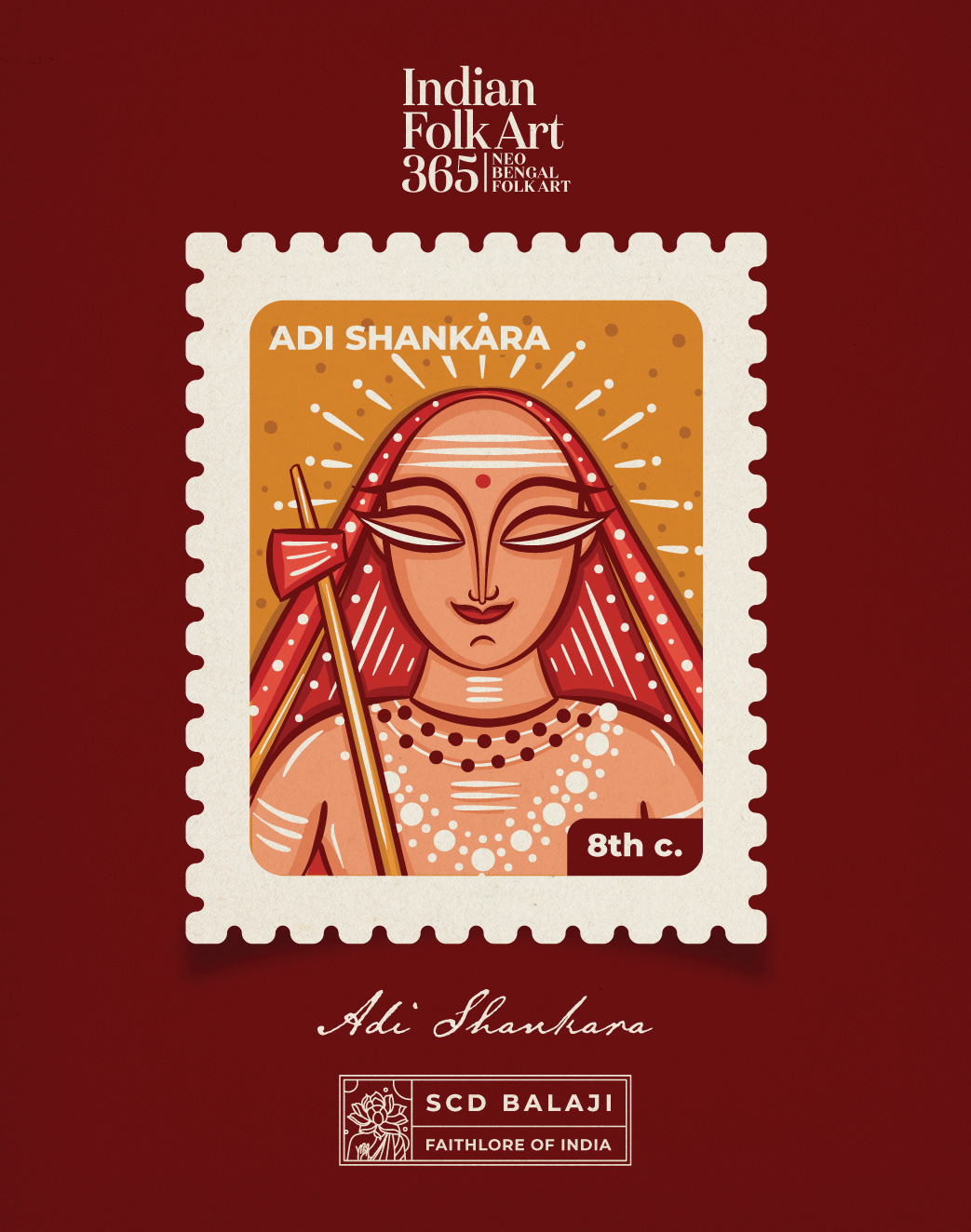
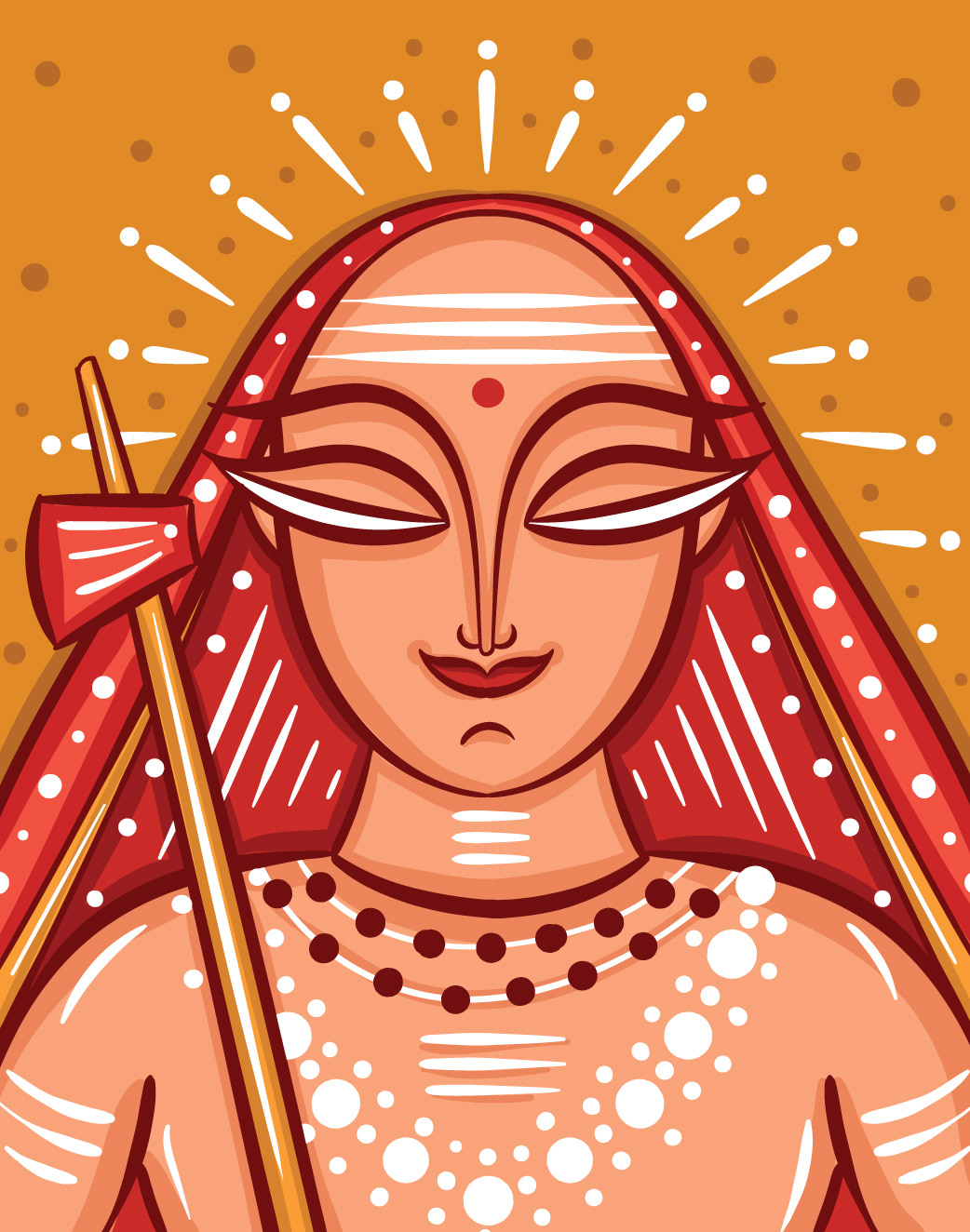
"An unsung rebel to be remembered forever." During the 8th century, hundreds of sub-religions within Hinduism were spreading. Adi Shankara's contributions were crucial to the survival of Hinduism. At that time, an unwritten rule dictated that the heads of different religions would debate each other. The loser and their followers would be required to convert to the winner's religion. As an individual, Adi Shankara traveled throughout India and united all sub-religions through his wise spiritual debating skills, sharing the ultimate truth of Advaita Vedanta. He systematized and rejuvenated the process of Hindu temples, becoming one of the most influential figures in Hinduism. If you visit a temple and pray to a deity, you can credit Adi Shankara for its existence. His philosophy of Advaita Vedanta emphasizes the oneness of all things and greatly influenced Indian thought.
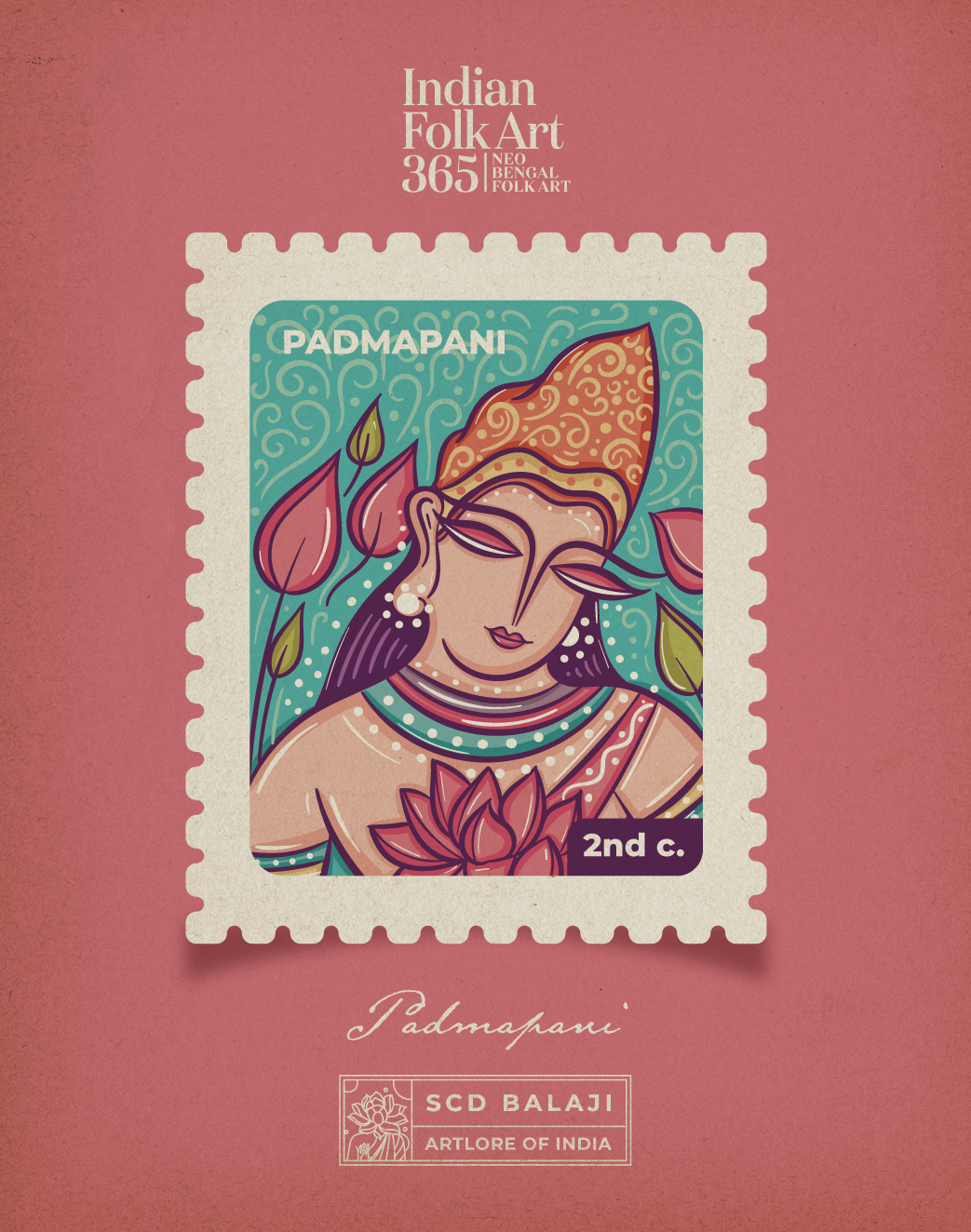
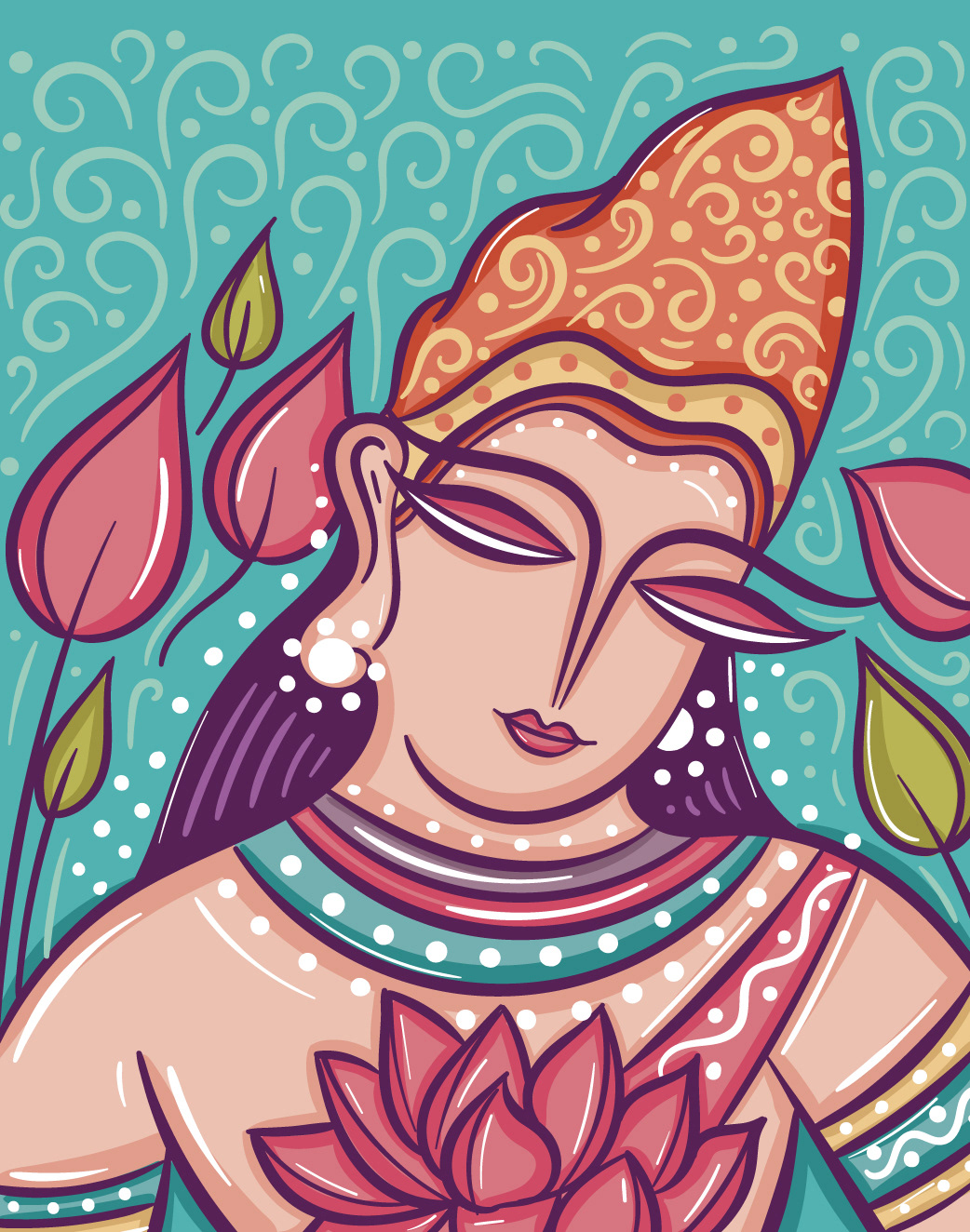
The Padmapani painting in the Ajanta caves depicts Avalokiteśvara, also known as the Bodhisattva of Compassion. In the painting, Avalokiteśvara holds a lotus flower, symbolizing purity and enlightenment. "Padmapani" means "lotus-bearer," the being who offers purity and enlightenment to all suffering beings with love and compassion. The Mysore Paintings and Kerala Murals are heavily influenced by the Ajanta Cave Paintings. The Avalokiteśvara painting in the Ajanta caves is a celebrated masterpiece of Indian and Gupta Period art and architecture. It showcases intricate details, vibrant colors and a serene expression. This culturally, religiously and artistically significant painting depicts Avalokiteśvara, a beloved figure in Mahayana Buddhism, who teaches practitioners the power of the wisdom and compassion.
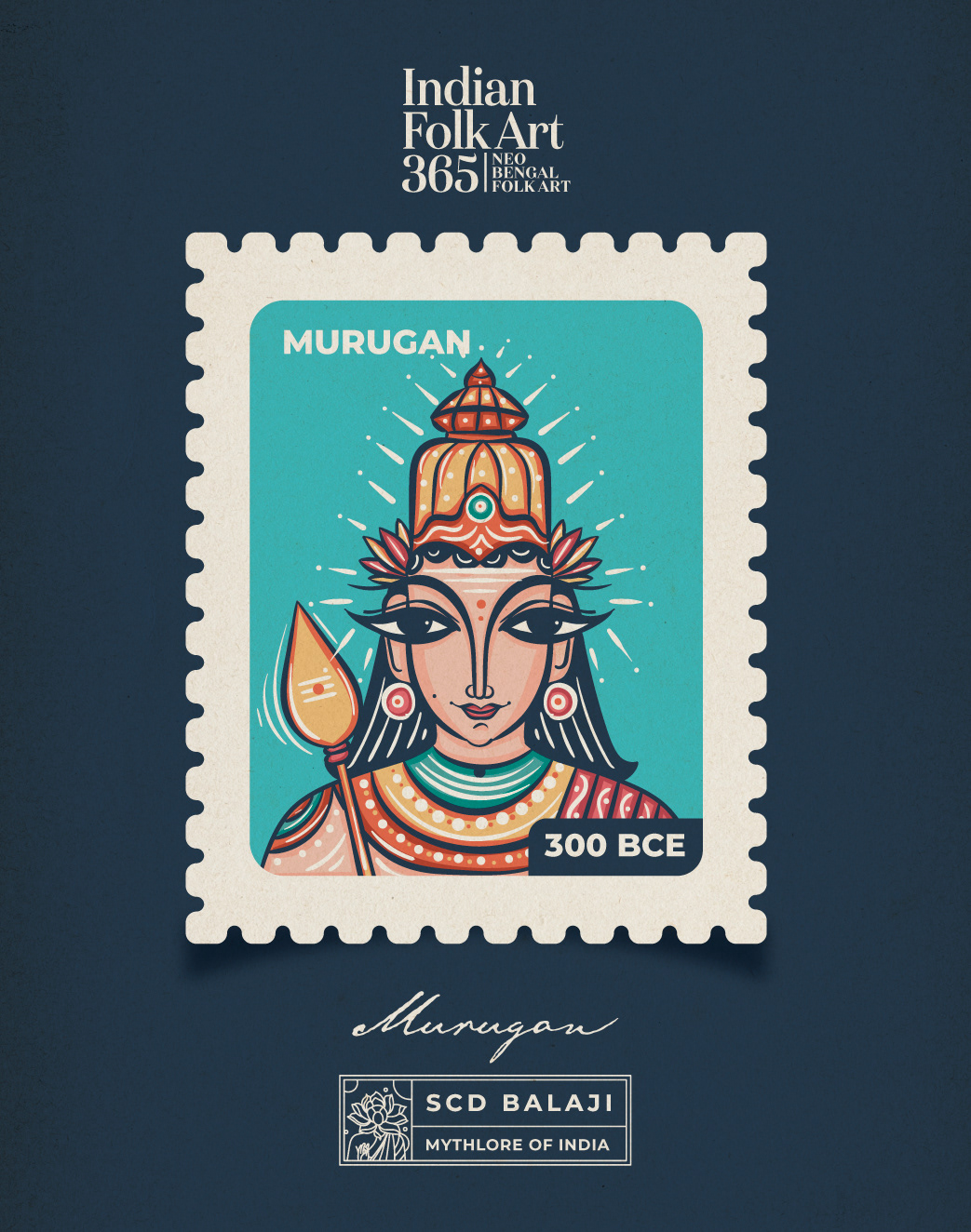

🙏 Lord Murugan is one of the most important deities in the Tamil pantheon and has a long and rich history in Tamil Nadu. 📚 The worship of Murugan dates back to the Sangam period, when the Tamil people composed poems and songs dedicated to him. Over time, many temples dedicated to him were built across the state, including the famous Arulmigu Dhandayuthapani Swamy Temple in Palani. 🎉 Today, Murugan worship is an integral part of Tamil culture and is celebrated with great fervor and devotion throughout the state. The annual Thaipusam festival, which falls in January or February, is one of the most important Murugan festivals in Tamil Nadu and attracts millions of devotees from around the world.


Alluri Sitarama Raju was a brave leader in the Indian freedom struggle. In the movie RRR, his character fights against British oppression and is inspired by his real-life persona. Visually, his character resembles the Parashurama avatar from Hindu mythology, highlighting his strength and warrior spirit. The movie pays tribute to his legacy and impact on the Indian freedom struggle while also drawing inspiration from Hindu mythology to create a powerful portrayal of a heroic figure.

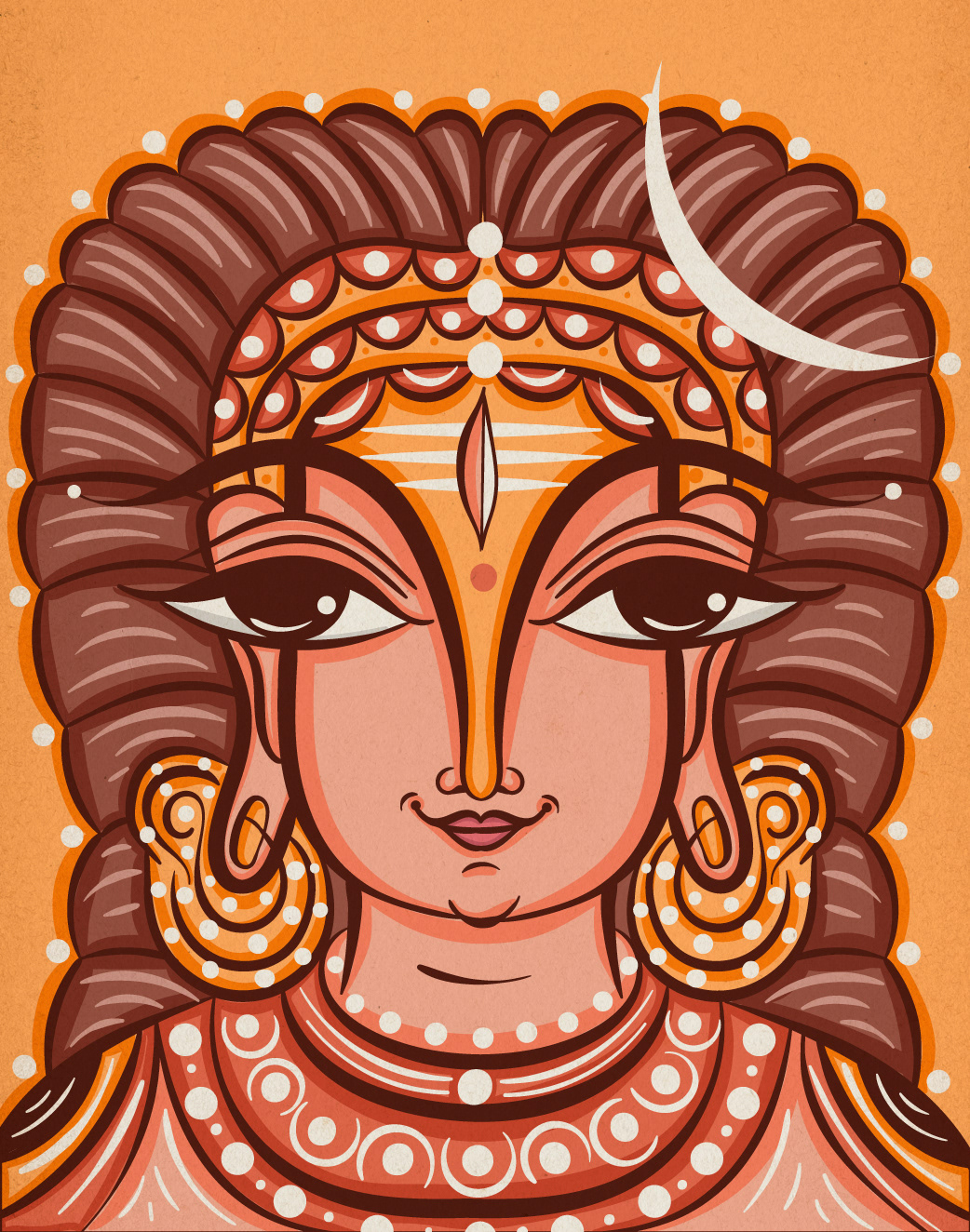
Dakshinamurthy is a manifestation of the Hindu god Shiva, and is interpreted in various ways. He is seen as a guru, teacher and feminine energy of all knowledge, a representation of cosmic consciousness, and the destroyer of ignorance. His teachings are meant to help seekers attain spiritual enlightenment and liberation.

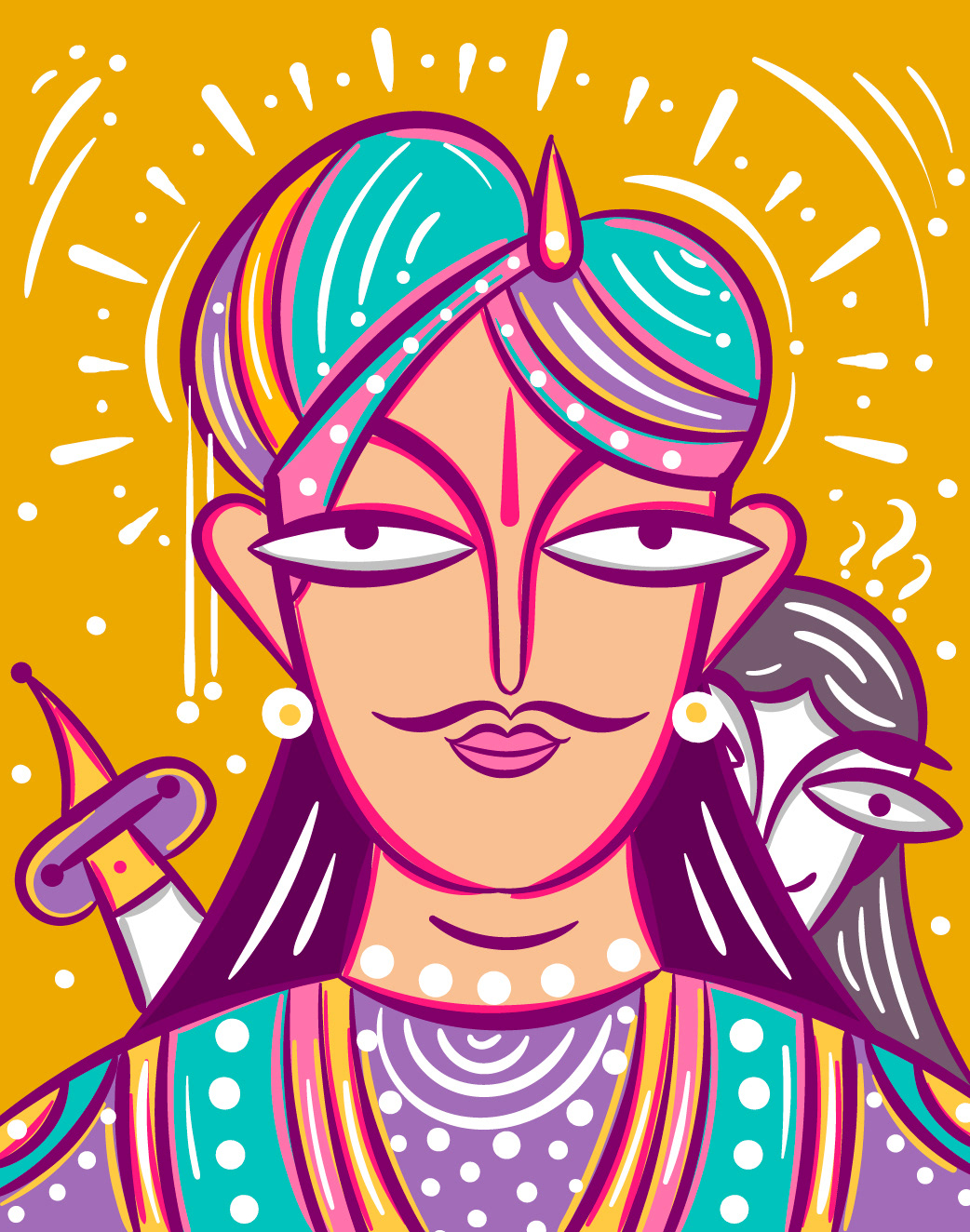
Folklore of Vikram & Vedhal: The Legend of Vikram and Vedhal is an Indian folktale that tells the story of Ujjain’s King Vikramaditya's quest to capture a malevolent spirit named Vedhal. Along the way, Vikramaditya faces moral dilemmas posed by Vedhal, which he must solve to capture the spirit. After hearing 24 stories from Vedhal, Vikramaditya discovers the truth about a sorcerer who planned to use the spirit's powers for his own benefit. Vikramaditya outsmarts the sorcerer and defeats evil, teaching important lessons about wisdom, courage, and justice. The tale is a classic example of Indian oral tradition and has been retold in various forms of media. SCD Balaji’s Faithlore: The story of Vikramaditya and Vedhal serves as a metaphor for the relationship between the conscious and subconscious mind. Vedhal represents the subconscious, which is associated with intuition, creativity and wisdom. Vikramaditya, the conscious mind, must learn to understand the subconscious and interpret messages expressed through dreams, life challenges and intuition. The riddles at the end of each story represent the challenge of interpreting these messages in our everyday lives. To access the wisdom of the subconscious, one must explore oneself deeply and be open to new experiences.
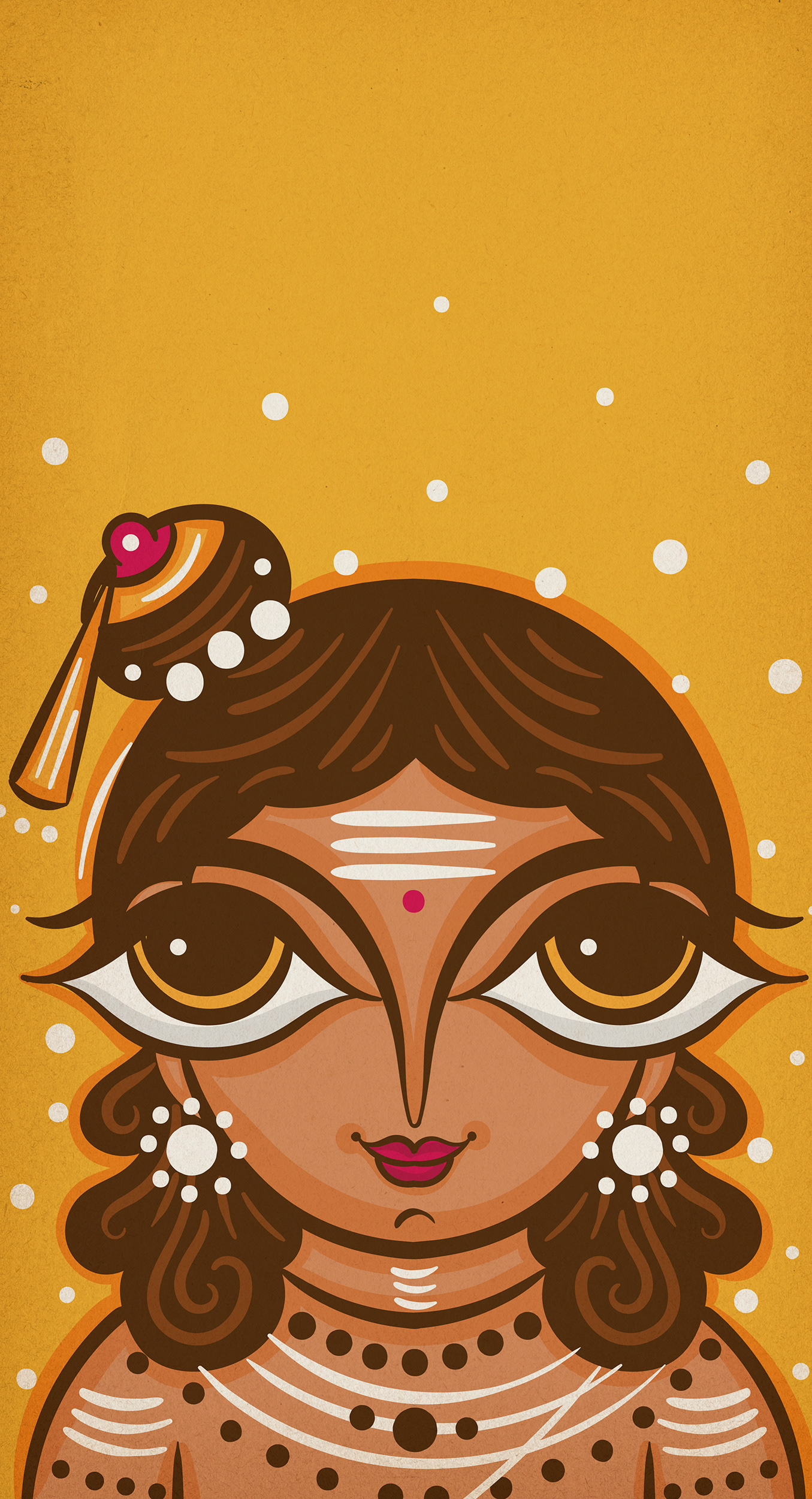


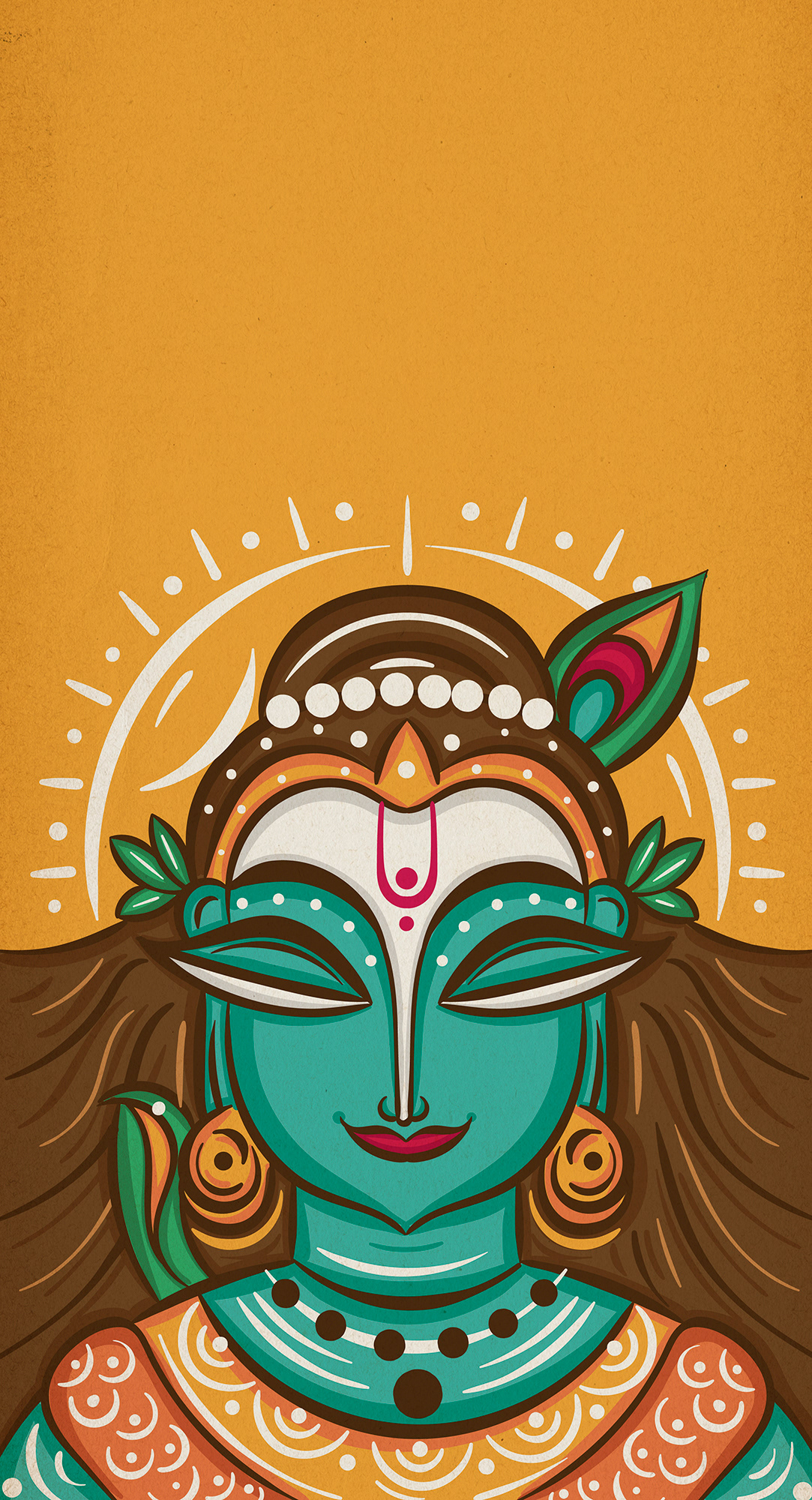




Download all the above as Free Mobile Wallpapers for Personal use at
Please Share your views as a comment, Thank you so much.
Click in the Below Link and Explore the EDITION 01 of NEO BENGAL FOLK ART MALE PORTRAITS
